Review: Kyocera Verve for Sprint
May 12, 2014, 8:00 PM by Eric M. Zeman
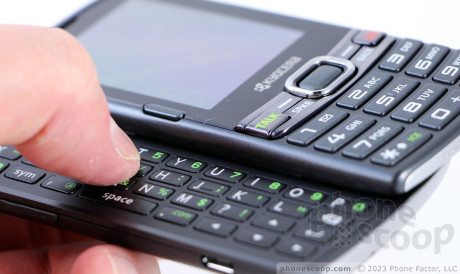
Kyocera still knows how to make a basic smartphone with a physical QWERTY keyboard, as evidenced by the Verve. This low-cost handset handles calls and messaging - though not much else.
Form
Is It Your Type?
The Verve is a phone reserved for what has become a very niche customer: People who don't need or want a smartphone, but still want to be able to easily send messages. The Verve, made by Kyocera, is an old-fashioned sideways slider that has a numeric keypad on the front and a full QWERTY keyboard hidden away. If you're looking for a basic messaging device, the Verve is worth consideration.
Body
Kyocera dug deep into the history books - at least as far as cell phones go - to find the Verve. The device is a traditional feature phone that's all about providing physical controls. It's relatively compact, though the sliding form factor necessitates a bit of girth in order to accommodate all the mechanics.
The Verve harkens back to a time when a phone's physical design mattered far more than the software or apps. The sideways slider was a popular form factor as recently as five or six years ago. Stylistically speaking, the design is rather ho-hum. The word "verve" actually means enthusiasm, vitality, or vigor. The drab grays and blacks clothing the Verve are quite the opposite. I'd rather see some color - any color - to give the Verve some modicum of life. At least there are some white and chrome accents here and there. Questionable name aside, the Verve keeps close to Kyocera's DNA with its somewhat blocky appearance.
Kyocera sticks to medium-grade materials. The plastics aren't the cheapest I've encountered on a handset, but they are far from the best. The Verve feels well-made; all the joints are tight and nothing is loose or jiggly. It's narrow and easily fits in the palm. The battery cover has a fine, diamond-patterned texture to it that lends a bit of grip. I can easily wrap my hand all the way around the phone. It isn't as pocket friendly as some smaller smartphones - due mostly to its thickness - but it's still compact enough that it will fit most pockets.
The front of the phone is about half screen. There's a black bezel framing the display. Two soft keys run along the left edge of the display, which are meant to be used when the phone is open and held sideways. The control keys are a jumble and the numeric keypad is rather close to the bottom.
Kyocera could have done a much better job with the function keys. They are a hot mess. The D-pad is fairly decent, with a nice rim and good action all around. It's chrome-colored and often reflects light. Everything else is a bit fussy. There are three keys on either side of the D-pad: send, soft, and speakerphone on the left, and end, soft, and back on the right. The send/end keys stick out a lot, so I found my thumbs hitting those buttons rather than the soft buttons quite a bit. This was pretty frustrating, as it often cancelled an action I was trying to complete. I don't like the configuration, but I'll allow that over time owners will get used to it. Thank goodness the travel and feedback of all the buttons is quite good.
The numeric dialpad is great. The buttons have a slight rubbery texture to them. Each button is clearly defined and has excellent travel and feedback.
The slider mechanism is quite good. It's spring assisted, so once you open it about halfway the springs take over and pop it open the rest of the way with a satisfying "thock." Importantly, I'm able to open the phone while holding it sideways without the Verve jumping out of my hand.
As far as physical QWERTY keyboards go, beggars can't really be choosers these days. In keeping with the sideways slider form factor, the Verve's buttons have minimal profile. There is just enough shape to them that my thumbs can discern between the individual keys as they slide across the keyboard. There are four rows to the keyboard, with three rows of letters and a full row for controls and secondary characters. Its a bummer there's no dedicated row for numbers. I'm glad the keyboard includes directional keys, which really help when it comes time to move the cursor around the screen or edit text. There are dedicated keys for the period and comma, and quick access to "@" and ".com" as well.
The volume toggle is on the left edge the phone. It has a nice profile and is easy to use; travel and feedback are excellent. The same is true of the dedicated camera button on the right edge of the phone. You can double-tap the camera button to launch the camera even when the phone is locked. The micro-USB port is on the left edge and the stereo headset jack is on the top.
I had no trouble at all removing the battery cover. It peels right off. The battery is removable. There is no SIM card, nor is there a memory card slot.
The Kyocera Verve covers the QWERTY-phone basics in spades: it is compact and has a good keyboard.
Performance
Screen
The Verve has a 2.4-inch LCD with 320 x 240 pixels. It's not going to set anyone's heart aflutter, nor is it meant to. It's a low-cost screen to help keep the Verve's price affordable. That means everything you see on the screen looks pixelated and jaggedy. Owners of today's high-def smartphones would be horrified, but those most likely to pick the Verve will be more than happy with what their eyes see. I do wish it were a bit brighter, as I had trouble seeing the screen outside on sunny days.
Signal
The Verve is limited to Sprint's CDMA network and does not support LTE. After testing the device in and around New York City, I can say that it has no trouble finding Sprint's 3G network and connects tightly. The Verve was able to make calls even when the signal indicator showed zero bars. I always connected on the first dial and didn't drop or miss any calls. Data speeds are limited, of course, but that's not all that important for a device that really isn't meant for serious web browsing. It suffices when it comes time to deliver mobile web pages, but just barely.
Sound
Voice calls patched through the Verve sound very good. Quality of calls is among the best I've heard on a Sprint device in recent memory. Voices are warm, clear, and have an enjoyable tone. It's a shame, then, that they are so quiet. I was just barely able to hear calls in a coffee shop or the car. The same goes for the speakerphone. Quality is downgraded a little bit via the speakerphone, but that's not as big an issue as the lack of volume. It works in quiet places, but pretty much nowhere else. My kids' raucous bedtime behavior easily drowned out the speakerphone. The Verve could really benefit from Kyocera's Sonic Smart Receiver technology, which uses bone conduction to make calls easier to hear. Oh well. The ringers and alert tones could also use a bit of boost, but the vibrate alert works really well.
Battery
This is a feature phone with a small, low-res screen and no 4G. Therefore it's no surprise that the battery lasts forever by today's standards. I charged the Verve once and used it for almost a week. Even heavy users won't have to worry about charging it more often than once every few days.
Basics
Menus
The Verve runs Sprint's ancient and long-neglected feature phone platform. This user interface has been around the block and then some. It's basic and straight-forward. First-time phone owners will find it easy to master in just a few minutes.
The home screen provides access to the messaging and contacts apps via the soft keys. The d-pad offers customizable shortcuts to four apps - one for each direction - if you so wish. These can be handy if you want to jump to the browser or other apps quickly. Pressing the button in the center of the d-pad takes you to the main menu. The main menu is a 12-icon grid that can also be viewed in list form, or with large fonts. Rather than make you jump through hoops to change the way the main menu looks, the right soft key does the trick.
The 12 icons don't offer any surprises and are composed of the requisite mixture of phone tools and Sprint service offerings. Similar to other Sprint phones, it uses the My Stuff folder to centralize all your media and apps and games. The "Shopping" icon doesn't take you to an on-board app store. Instead, it fires up the browser and loads Sprint's horrendous content portal. Once you move deeper into the menu system, the default view of the menus switches to an endless array of lists.
In terms of customization, the Verve covers the basics with wallpapers, ringtones, and alert sounds. It's a shame that adjusting the font size doesn't affect all screens. It only improves visibility on the top-level menus, the dialing font, and the messages font.
Calls
The Verve is a simple device with which to make calls. There is no support for Sprint's Direct Connect (PTT / walkie-talkie) service, so you're limited to regular old phone calls. Press the green send key to summon a list of your recent calls. The in-call options range from the typical phone book access to 3-way calls. You can also set up to 98 speed dials if you wish. I recall with fondness just how simple it is to make phone calls from a device that has physical buttons. (It's something you had to grow up with, I suppose.)
Contacts
The contacts application opens with a press of the right soft key when on the home screen. The app is basic in that it doesn't connect to social networks or anything fancy like that. It's just a list of names and numbers. The left soft key automatically initiates a text message to whatever number is highlighted. The phone holds up to 600 contacts, and each can carry several phone numbers, email addresses, and other data.
Messaging
For a messaging phone, the Verve sure doesn't offer a lot of messaging features. Simple texting and picture messaging are the lot of it. You can compose messages with the numeric dialpad (triple-tapping, anyone?), or with the QWERTY keyboard. The Verve not only predicts the word you want to type as you go, but offers a handful of suggestions when it cannot. There are 20 pre-loaded messages, as well as an easy way to insert web shortcuts, which are standard Internet letter groupings, such as "http://", "www", or ".com". It's easy to stick an image or voice note into a text message, but there is no video messaging. Thankfully the Verve offers threaded text conversations and something called long-message assembly. This takes messages are are longer than 160 characters and pastes them together in a single message in your inbox.
There are no email nor IM clients pre-loaded on the Verve. In fact, the only way to access email, IM, or social media is through the browser. The Sprint portal offers links to Facebook, MySpace, Yahoo, and other sites. Interacting with any of these online messaging services is a serious pain in the rear and forces you to jump through endless screen refreshes to do anything. The Verve is a fine texting machine, but even mid-tier messaging features are noticeably absent.
Extras
Media
The Verve does not have a media player or video player. There is no FM radio, nor support for any sort of streaming music/video service. It's a voice and texting phone, plain and simple. It's not stuffed with extras.
Camera
The Verve has a 2-megapixel, fixed-focus camera. Press the dedicated camera key once to open a short list of camera-related options, or press it twice quickly to open the camera itself. The camera launches in about 2 seconds, and it takes a second or so to shoot an image, and another second to process an image. The camera app performs on par with other devices in this class in terms of speed and features.
You can adjust brightness, white balance, sharpness, and contrast before shooting. I'd guess most users won't bother with these controls, however, especially since they are buried a few layers deep in the camera's user interface. There are some fun frames, some image tools, such as making photos black, white or sepia, adding frames, or taking bursts. The Verve can take up to 9 shots in a burst, but there's nothing "bursty" about them; the process takes about 10 seconds and only captures images at 0.1-megapixels.
The Verve cannot record video.
Photos
A phone like the Verve is not meant to compete with today's high-end smartphones, let alone point-and-shoot cameras. The camera is on board as a courtesy so people have at least some way to capture those random, fleeting moments that cross our paths unannounced. Even with that disclaimer in mind, the Verve's 2-megapixel shooter is not all that much to write about. Focus is soft at best, white balance is typically off, and the amount of grain is ridiculous. Exposure is often pretty good, though. You might technically be able to use the Verve to capture that beautiful sunset, but when you look at the picture the next day you'll wonder why you bothered.
Gallery
The Verve's gallery is a basic set of thumbnails that can be viewed in either a list or a grid. The d-pad works fine for navigating through the photo album. You have to double-click on pictures to open them. The gallery is really slow when it comes to scrolling through.
The gallery's editing functions are limited to adding text captions, as well as adding special effects, resizing, or cropping images.
The only way to share photos from the Verve is via picture messages.
Browser
The Verve is not a phone for browsing the web. Sure, it includes ACCESS' NetFront browser, and easily loads the Sprint content portal, but you're not going to be enjoying full desktop web sites with this phone. The browser takes its time rendering mobile web pages. Most sites are devoid of imagery and are instead limited to text-only layouts. Most web sites takes between 8 and 15 seconds to load over Sprint's 3G network. It's functional, but that's about it.
Apps
The Verve ships with only the most basic apps and services. There are some available from Sprint's online portal, but they are all pretty much junk. The Verve is not meant to run advanced apps.
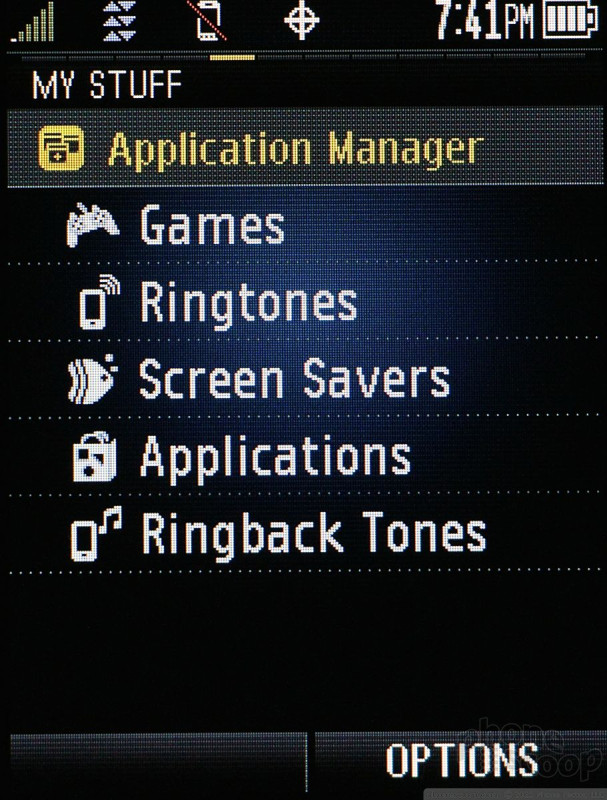
Bluetooth
The Verve supports mono Bluetooth headsets. Pairing was no problem, but call quality via mono headsets and my car's hands-free system was spotty. As noted earlier, quality was decent, but the volume just isn't there. I couldn't pair the Verve with anything other headsets and my car.
Clock
The clock that appears on the home screen can be customized in a number of different ways, including large/small digital, large/small analog, world clock, and several different calendar views. Visibility outside under the sun is limited, though.
Wrap-Up
The Kyocera Verve is a basic phone that fulfills a basic need. It makes calls and sends messages. If all you need from your phone is to gab with your friends on occasion and fire off some simple texts, the Verve mostly delivers. The phone offers great phone call quality, albeit at less-than-thunderous volumes. Battery life is insanely good, and the Verve always remained connected to Sprint's 3G network.
The screen is of average size and quality for a simple device. The materials are average, too, but the build quality is rather good. The buttons function well, with the exception of the navigation cluster. The QWERTY keyboard offers plenty of space for composing messages and negates the need to learn T9. It's disappointing the Verve doesn't include some slightly more appealing messaging features outside of SMS/MMS, such as IM or social networking.
For those who don't ask much from their phone, the Verve covers the basics.
Comments
No messages



















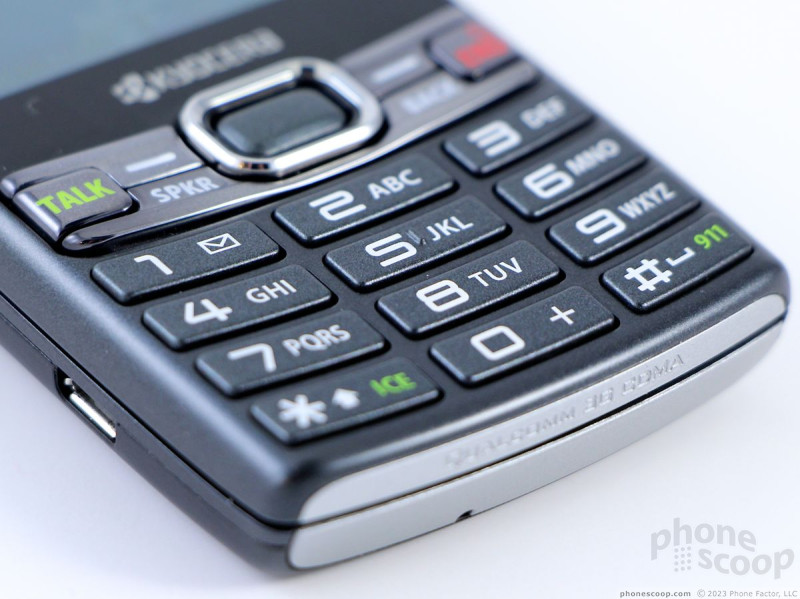






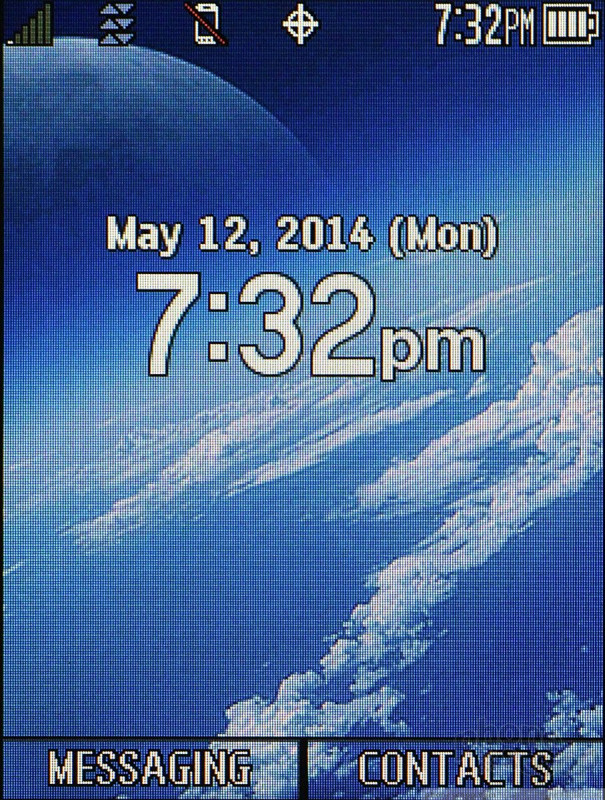





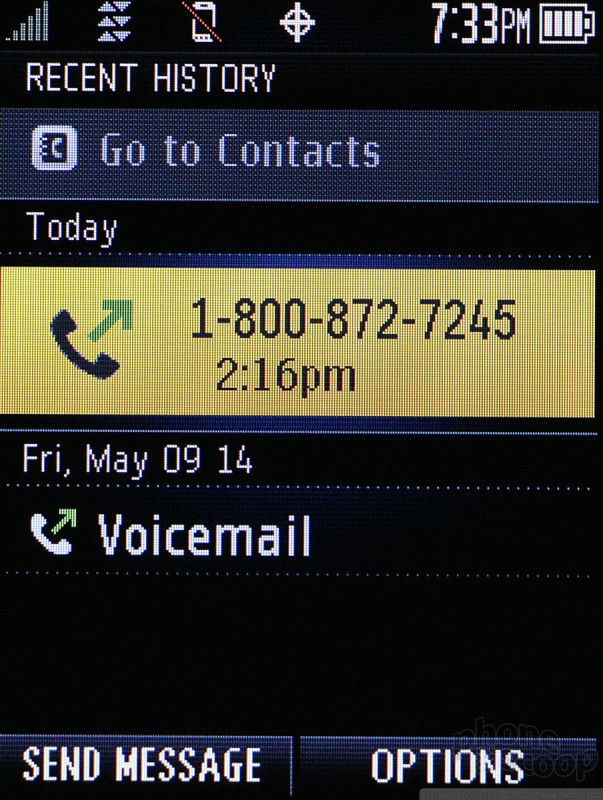




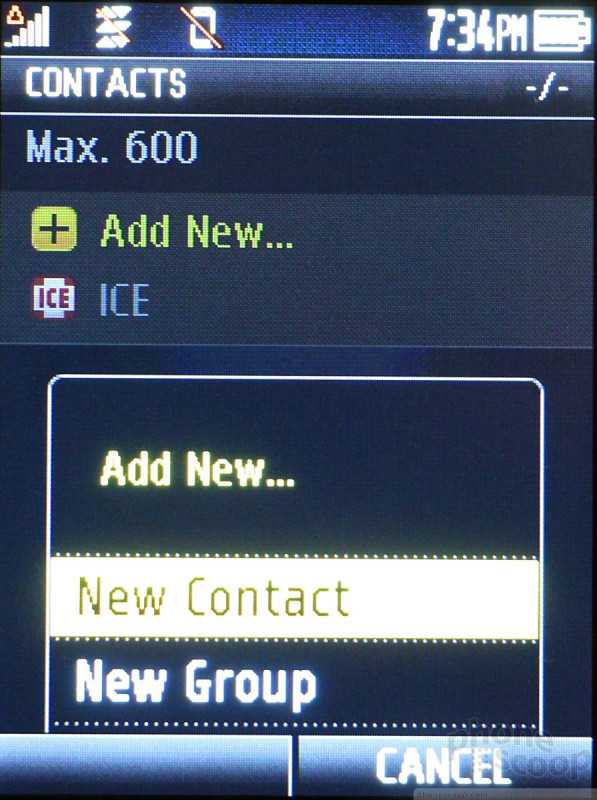




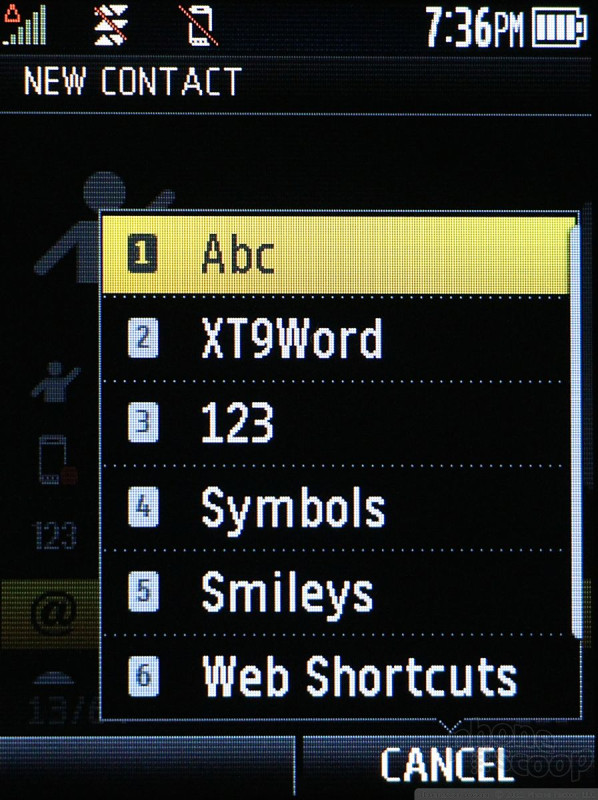





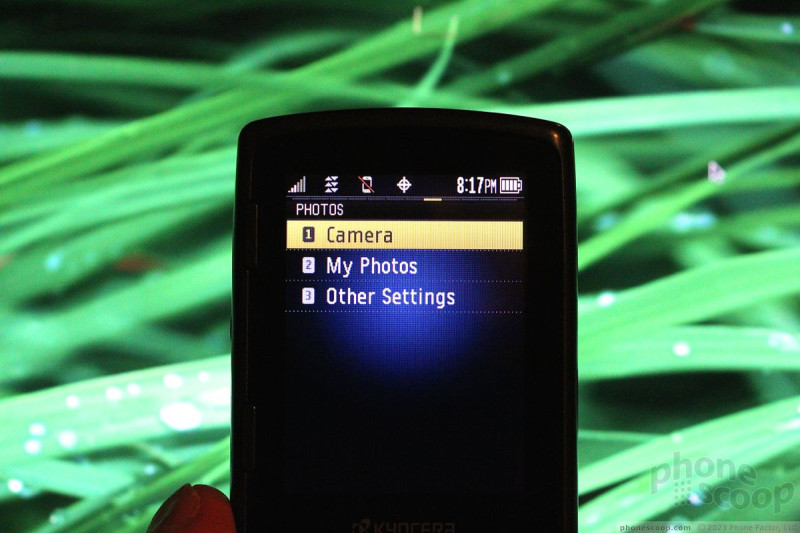
















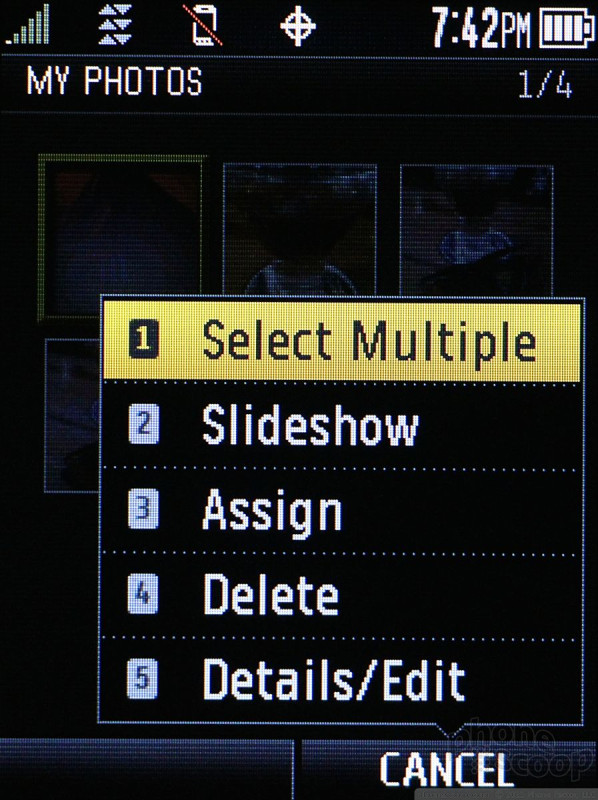



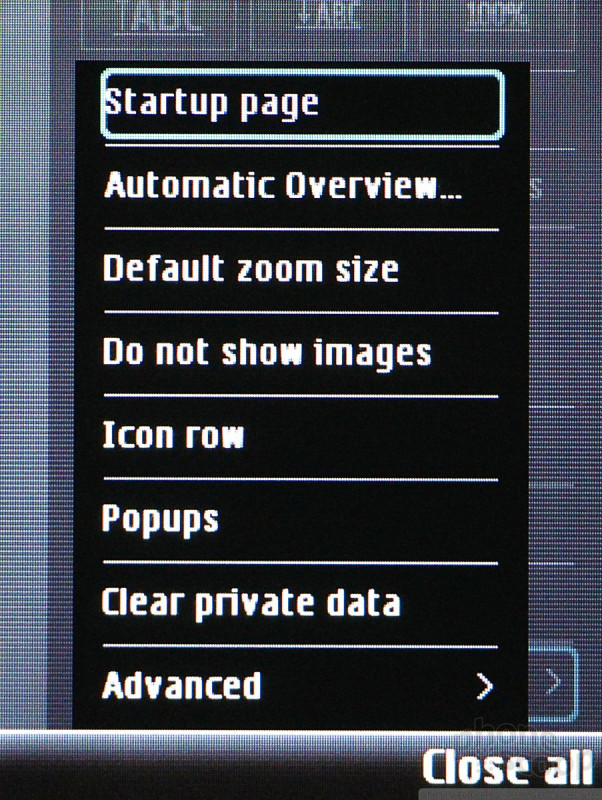





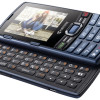 Kyocera Delivers A Good Old Fashioned Slider to Sprint
Kyocera Delivers A Good Old Fashioned Slider to Sprint
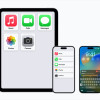 Apple Previews Major New Accessibility Features for iOS
Apple Previews Major New Accessibility Features for iOS
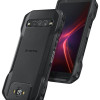 Kyocera Brings DuraForce Pro up to Date
Kyocera Brings DuraForce Pro up to Date
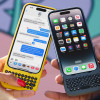 New Case Adds Keyboard to iPhone Pro
New Case Adds Keyboard to iPhone Pro
 Kyocera Verve / Contact
Kyocera Verve / Contact






